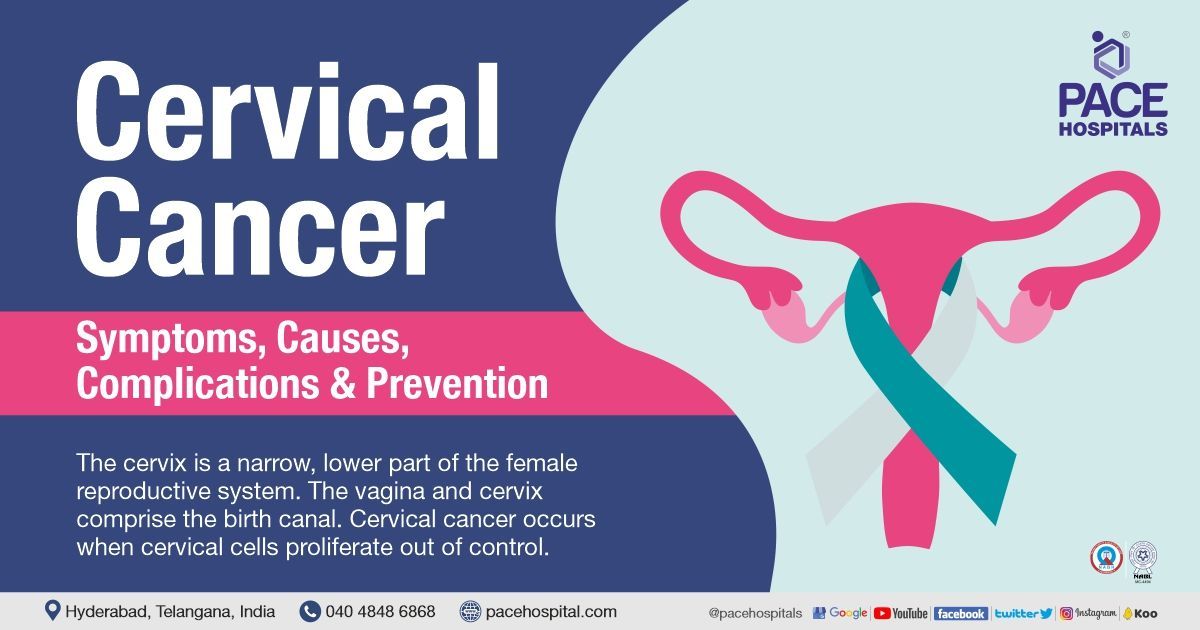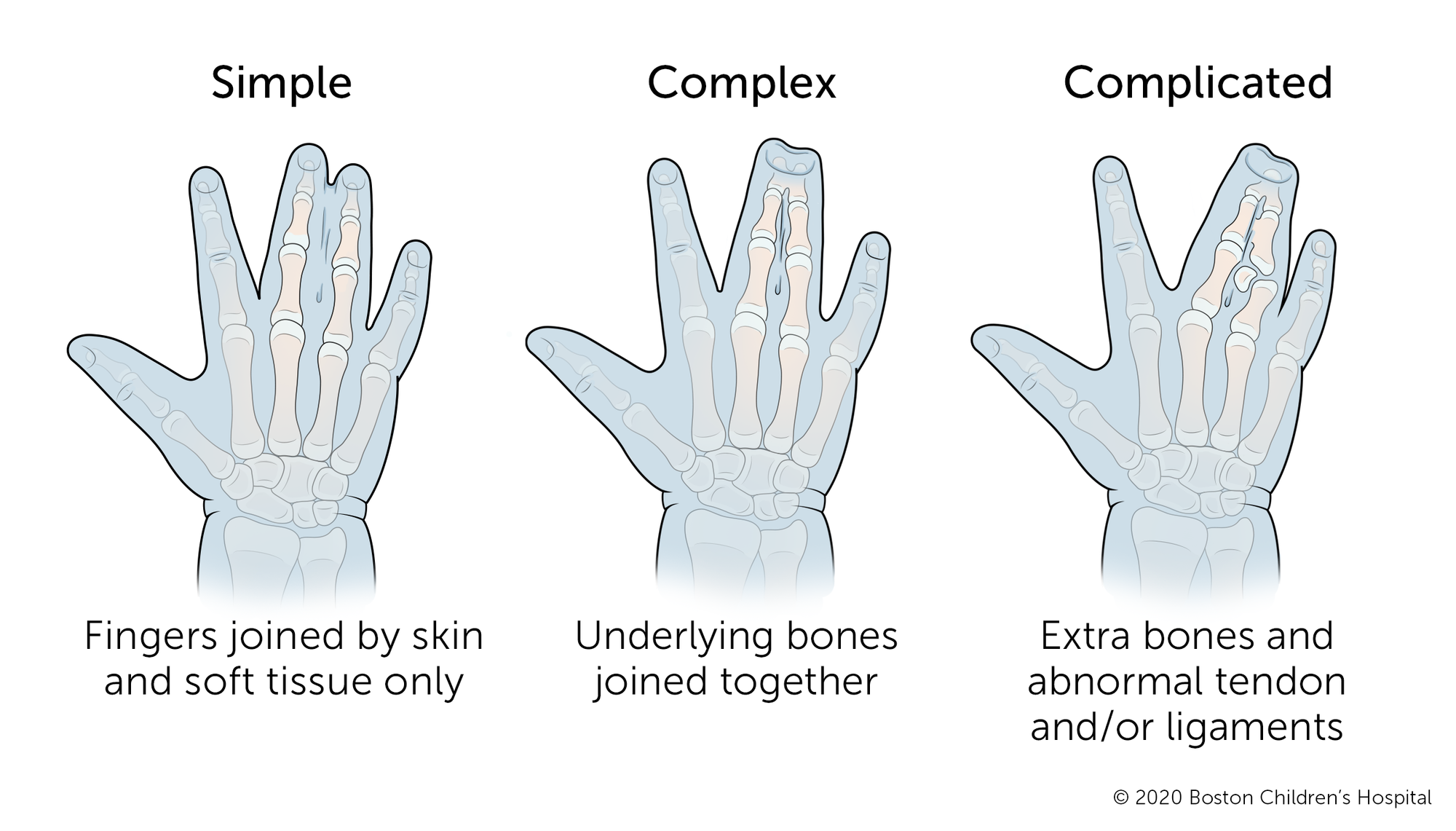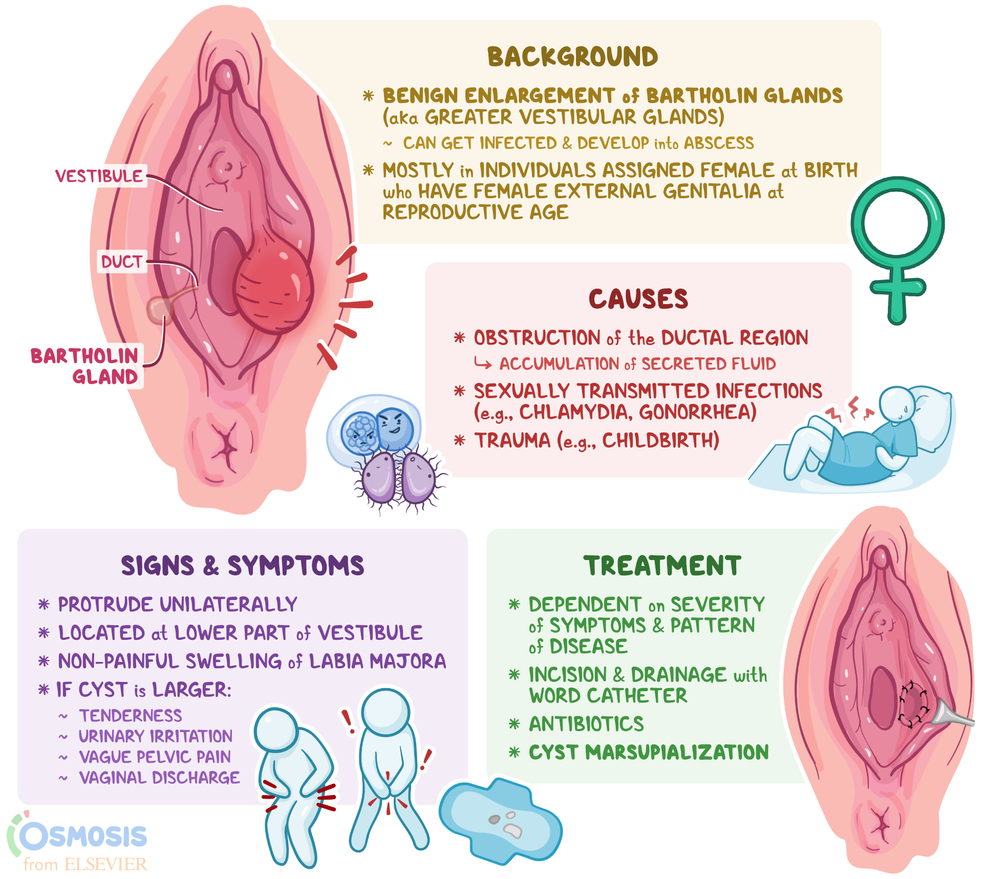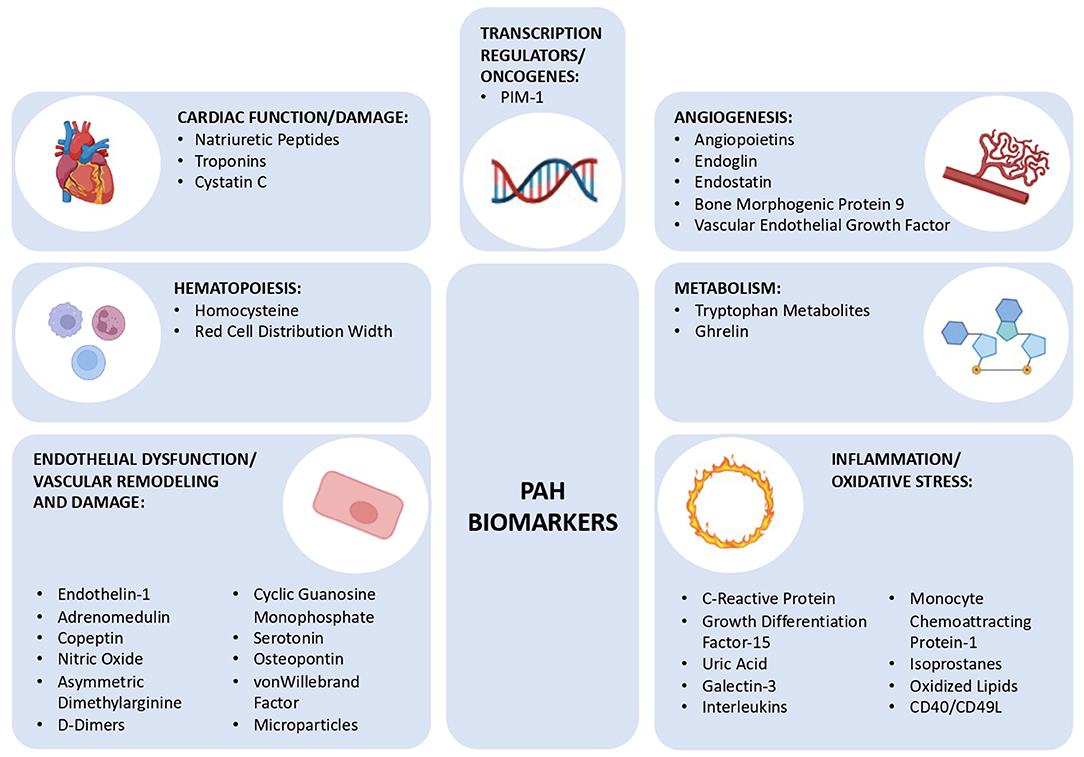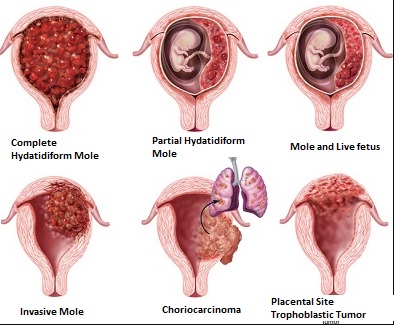Cervical Dysplasia: Causes, Symptoms, Treatment, and Prevention
– Cervical dysplasia is typically diagnosed during a routine pap test.
– A pap test involves swabbing the cervix to collect a sample of cells.
– The cells are sent to a lab, and results can take up to 3 weeks.
– Pap test results can be normal, inconclusive, or abnormal.
– Inconclusive results may indicate a simple infection in the cervix or vagina.
– Further testing or diagnoses will depend on age and medical history.
– An abnormal result is known as cervical dysplasia or a squamous intraepithelial lesion (SIL).
– There are different classifications of precancerous cells: Low-grade SIL (LSIL), high-grade SIL (HSIL), or atypical glandular or squamous cells (ASCUS).
– Additional testing, such as a colposcopy, is needed to determine the severity of the cell changes.
– A biopsy of the cervix may be taken during a colposcopy to identify the abnormal area.
– Cervical dysplasia found on a biopsy is called cervical intraepithelial neoplasia (CIN), which has 3 levels: CIN I (mild dysplasia), CIN II (moderate to marked dysplasia), and CIN III (severe dysplasia to carcinoma in situ).
– An HPV test can be done at the same time or separately to identify the presence and type of HPV.
